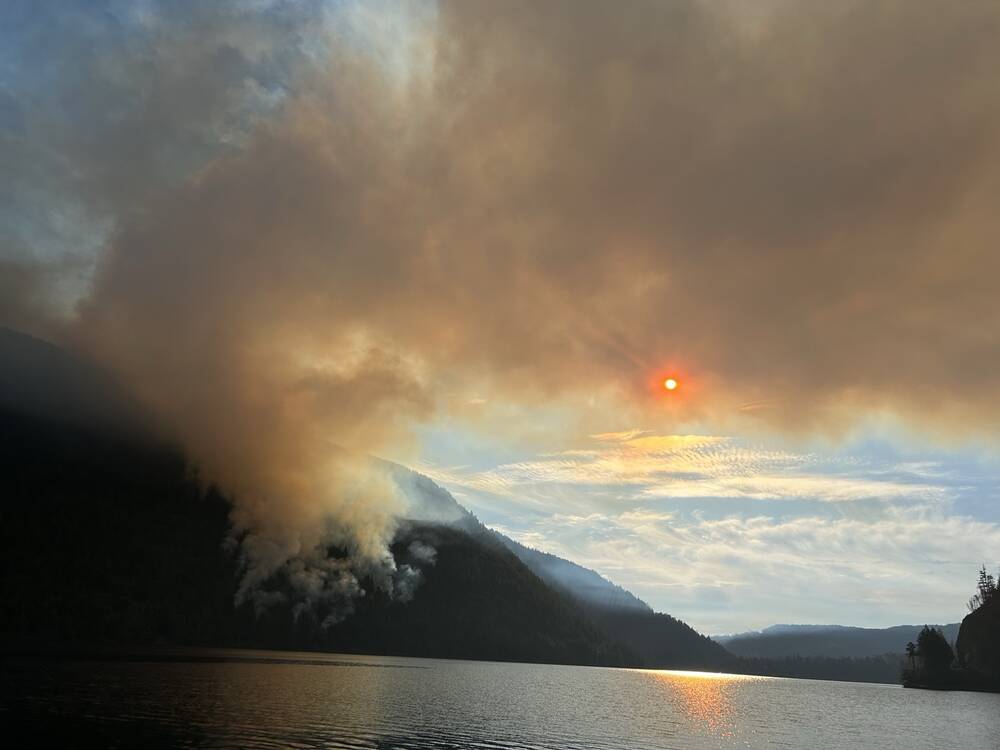
Introduction
The Cameron Lake fire, which ignited recently in British Columbia’s Okanagan Valley, has drawn considerable attention due to its proximity to residential areas and the potential threat it poses to local ecosystems. The region is known for its stunning natural beauty and recreational opportunities, making the management of this fire a priority for both local authorities and environmental groups.
Current Status of the Fire
As of October 2023, the Cameron Lake fire has consumed over 1,500 hectares and is classified as out of control. Fire crews, supported by aerial firefighting units, have been mobilized to contain the flames. Evacuation orders have been issued for several nearby communities, including residents in Naramata and Summerland, with authorities urging individuals to remain vigilant and prepared for possible further evacuations.
Impacts on the Community
The Cameron Lake fire has had significant implications on local wildlife and air quality, contributing to hazardous conditions in surrounding areas. Residents have reported instances of ash fall, and air quality advisories have been issued by Environment Canada due to smoke drifting into populated areas. The local tourism sector, vital for the Okanagan economy, has also been affected, with visitors postponing trips to avoid fire-risk zones.
Efforts to Manage the Fire
The British Columbia Wildfire Service has implemented a comprehensive strategy to combat the blaze. Ground crews are focusing on constructing fire breaks to protect residential areas while aviation support continues to drop water and fire retardant to suppress the flames from above. Community meetings are scheduled to keep the public informed of the fire’s progress and safety measures being taken.
Conclusion
As the situation develops, the importance of community resilience and effective emergency response becomes increasingly evident. The Cameron Lake fire serves as a stark reminder of the growing risks posed by wildfires in Canada, exacerbated by climate change and forest management challenges. Moving forward, ongoing communication, resource allocation, and strategic planning will be critical in ensuring the safety and recovery of impacted regions, while the public eagerly anticipates an update on the containment efforts and strategies to prevent future incidents.


